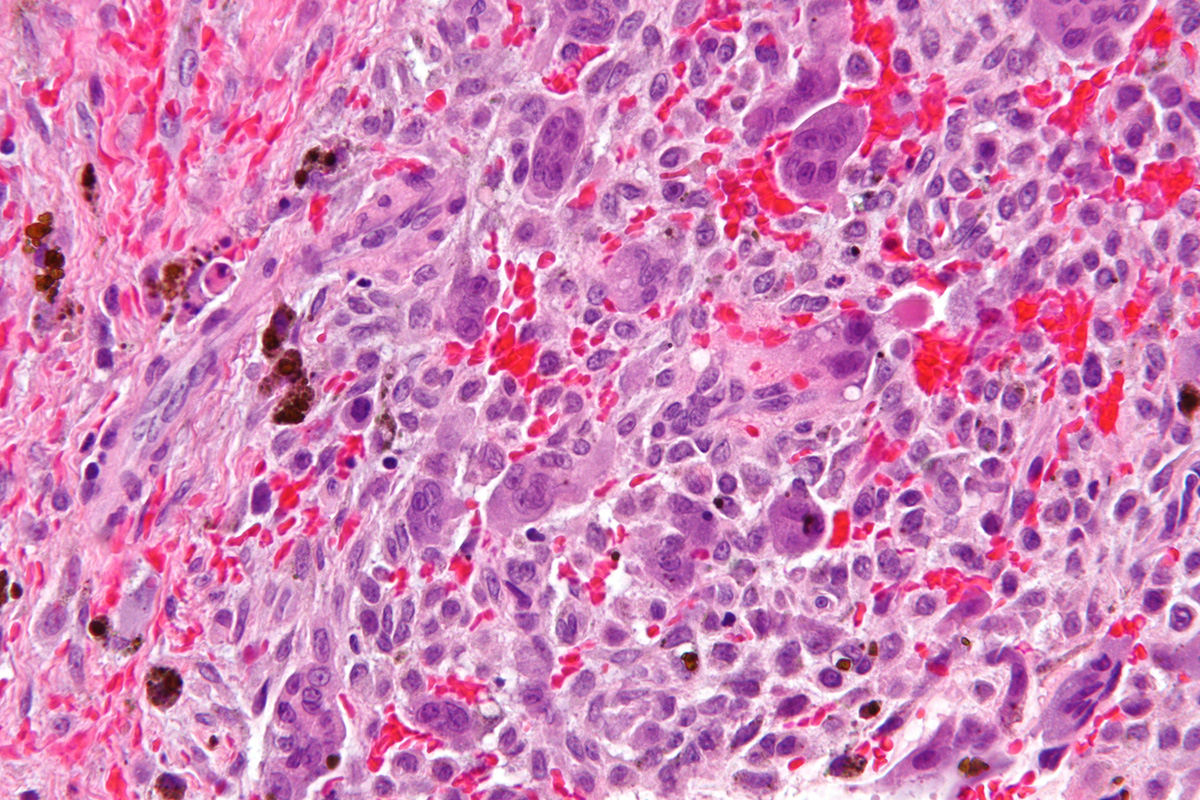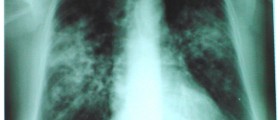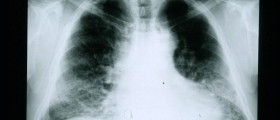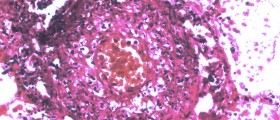
Introduction to Granulomas in the Lungs
Granuloma in the lungs represents a small area of inflammation caused by a damage of the particular tissue. Granulomas in the lungs are not considered malignant growths. They typically affect small portions of lungs and apart from lung they may occur in any other part of the body. In majority of cases granulomas in the lungs develop as a consequence of inflammation and infection. These structural changes can be easily visualized on chest x-ray and may be sometimes mistaken for cancers.
A granuloma is a lump which contains a rough spherical mass of immune cells. In case of the presence of foreign cells the body normally sends certain cells in order to eliminate the foreign cells. However, if this attempt fails and foreign cells are simply not eliminated inflammatory cells surround the foreign cells and this is an initial phase of forming of a granuloma. Foreign cells include a variety of bacteria, fungi, keratinous substances, suture fragments etc. Apart from macrophages which are the most abundant components, granulomas also contain lymphocytes, neutrophils, eosinophils, multinucleated giant cells, fibroblasts and collagen.
What are Causes of Granulomas in the Lungs?
Granulomas in the lungs form as a consequence of many infections and they are also characteristic for non-infectious illnesses.
Tuberculosis is only one infectious disease that typically features with formation of granulomas in the lungs. These granulomas are rather specific and they contain caseating tubercules. Apart from these necrotizing granulomas people suffering from tuberculosis may have non-necrotizing granulomas as well. In case of tuberculosis granulomas are made of multinucleated giant cells or Langhans giant cells. Their nuclei resemble a horse-shoe.
Histioplasmosis also features with the presence of lung granulomas. In case of histioplasmosis the infection is caused by fungi which induce formation of granulomas. Biopsy samples confirm the presence of both, fungi and reactive granulomas.
One more illness which features with lung granulomas is cryptococcosis. The infection affects people with a healthy immune system and the formation of granulomas is associated with the presence of fungal agent and the reaction of the immune system toward this presence.
Lung granulomas typically affect people suffering from sarcoidosis. The actual cause of sarcoidosis remains unknown but apart from lung granulomas in sarcoidosis may also affect other body parts and organs.
Lung granulomas are also a characteristic of Chrug-Strauss syndrome, small vessel autoimmune vasculitis. This syndrome is rather rare. Fortunately, it is neither heritable nor transmissible.
And finally, lung granulomas occur in Wegener's granulomatosis. This disease is actually a vasculitis that typically affects the lungs, kidneys and other organs. It can be rather severe and requires long term immunosupression.

















Your thoughts on this
Loading...